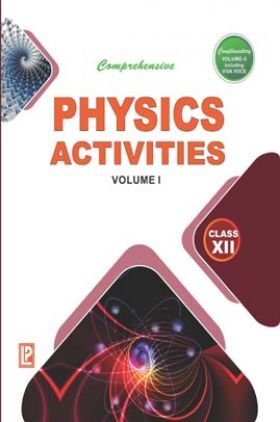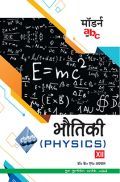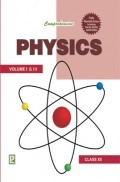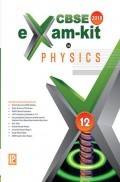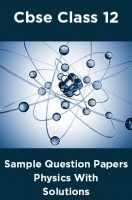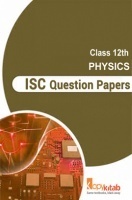This book Useful for Class-12th Students.
1. General Introduction
2. Current Electricity—Sources and Accessories
SECTION A
Experiment 1: To determine resistance per cm of a given wire by plotting a graph of potential difference versus current.
Experiment 2: To find the resistance of a given wire using a metre bridge and hence determine the resistivity (specific resistance) of its material.
Experiment 3: To verify the laws of combination (series) of resistances using a metre bridge.
Experiment 4: To verify the laws of combination (parallel) of resistances using a metre bridge.
Experiment 5: To compare the EMFs of two given primary cells using a potentiometer.
Experiment 6: To determine the internal resistance of a given primary cell
using a potentiometer
Experiment 7: To determine the resistance of a galvanometer by half-deflection method and to find its figure of merit.
Experiment 8: To convert the given galvanometer (of known resistance and figure of merit) into a voltmeter of the desired range and verify the same.
Experiment 9: To convert the given galvanometer (of known resistance and figure of merit) into an ammeter of the desired range and to verify the same.
Experiment 10: To find the frequency of the A.C. mains with a sonometer
Activity 1: To measure the resistance and impedance of an inductor with or without an iron core.
Activity 2: To measure resistance, voltage (A.C./D.C.), and current (A.C.) and check the continuity of a given circuit using a multimeter.
Activity 3: To assemble a household circuit, comprising three bulbs, three (on/off) switches, a fuse and a power source.
Activity 4: To assemble the components of a given electrical circuit.
Activity 5: To study the variation in potential drop with the length of a wire for a steady current.
Activity 6: To draw the diagram of a given open circuit comprising at least a battery, resistor/rheostat, key, ammeter and voltmeter. Mark the components that are not connected in proper order and correct the circuit and also the circuit diagram.
SECTION B
Experiment 1: To find the value of v for different values of u in the case of a concave mirror and to find the focal length.
Experiment 2: To find the focal length of a convex mirror, using a convex lens.
Experiment 3: To find the focal length of a convex lens by plotting graphs between u and v or between 1/u and 1/v.
Experiment 4: To find the focal length of a concave lens using a convex lens.
Experiment 5: To determine the angle of minimum deviation for a given prism by plotting a graph between the angle of incidence and the angle of deviation.
Experiment 6: To determine the refractive index of a glass slab using a travelling microscope.
Experiment 7: To find the refractive index of a liquid by using the convex lens and plane mirror.
Experiment 8: To draw the I-V characteristic curve of a p-n junction in forward-bias and reverse-bias.
Experiment 9: To draw the characteristic curve of a Zener diode and to determine its reverse breakdown voltage.
Experiment 10: To determine the wavelength of a laser beam by diffraction.
Activity 1: To identify a diode, an LED, a resistor and a capacitor from a mixed collection of such items.
Activity 2: To use a multimeter to (a) see the unidirectional flow of current in the case of a diode and an LED and, (b) check whether a given electronic component is in working order.
Activity 3: To study the effect of the intensity of light (by varying distance of the source) on an LDR.
Activity 4: To observe the refraction and lateral deviation of a beam of light incident obliquely on a glass slab.
Activity 5: To observe the polarisation of light using two polaroids.
Activity 6: To observe the diffraction of light due to a thin slit.
Activity 7(A): To study the nature and size of the image formed by a convex lens on a screen by using a candle and a screen (for different distances of the candle from the lens).
Activity 7(B): To study the nature and size of the image formed by a concave mirror on a screen by using a candle and a screen (for different distances of the candle from the mirror).
Activity 8: To obtain a lens combination with the specified focal length by using two lenses from the given set of lenses.
Suggested Investigatory Projects
Logarithmic and Other Tables

